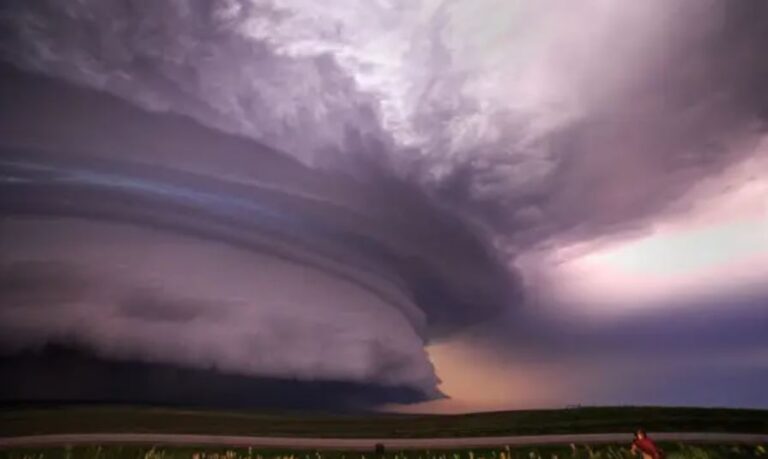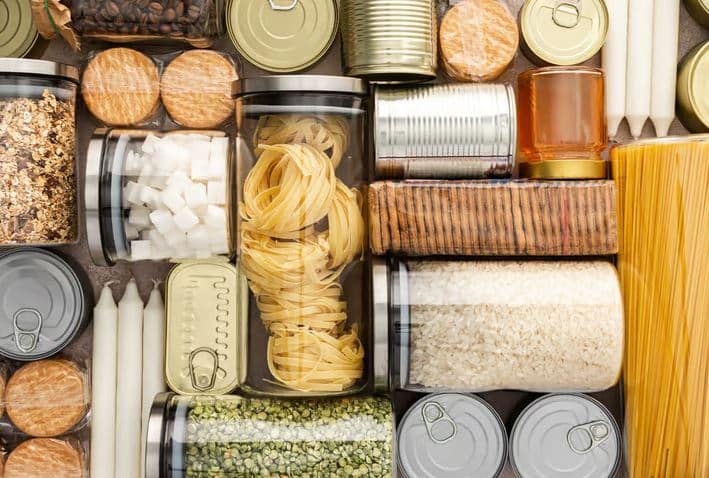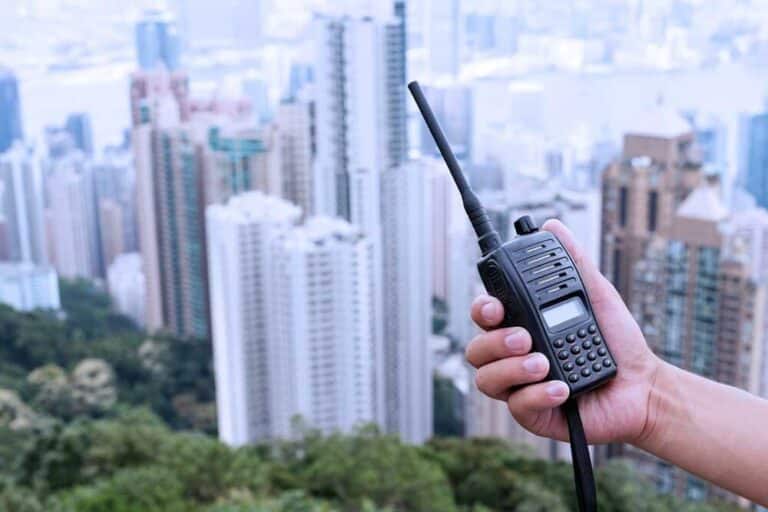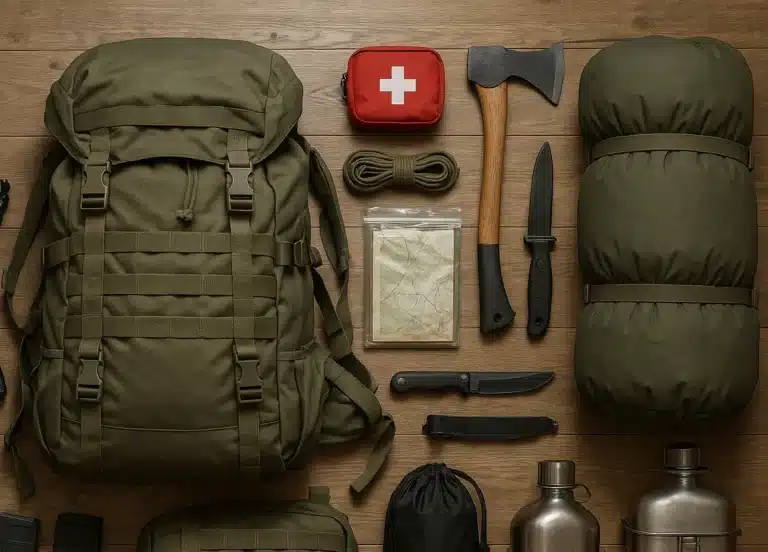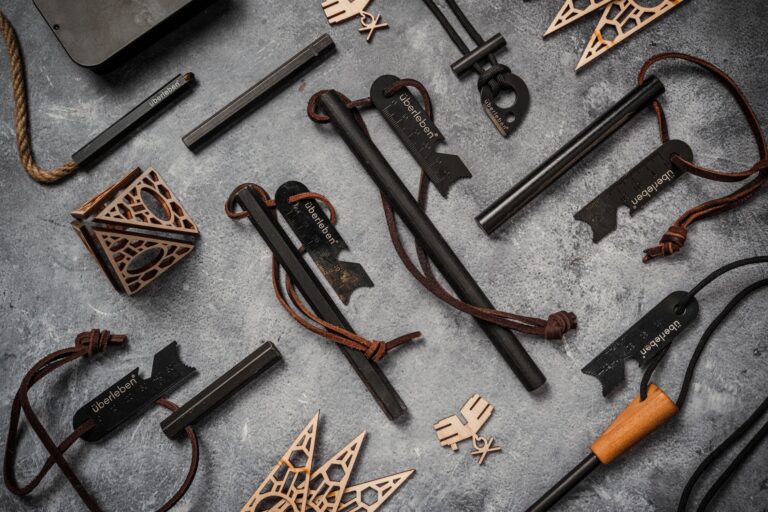How to Build a 72-Hour Emergency Kit: Essential Guide for Disaster Preparedness
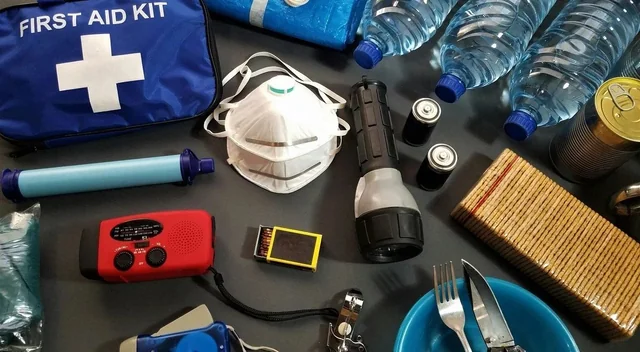
Introduction
Emergencies can strike without warning, leaving you without access to essential services for days. A well-prepared 72-hour emergency kit ensures you and your family can survive the critical first three days following a disaster. This guide will help you assemble a comprehensive kit tailored to your needs.
Why a 72-Hour Emergency Kit is Crucial
Disasters such as hurricanes, wildfires, earthquakes, or power outages can disrupt daily life and delay emergency response services. Having a 72-hour emergency kit allows you to be self-sufficient during this period, providing necessary supplies until help arrives.
Essential Components of a 72-Hour Emergency Kit
1. Water and Hydration
- Water Supply: Store at least one gallon of water per person per day for drinking and sanitation, totaling three gallons per person for 72 hours.
- Water Purification: Include water purification tablets or a portable water filter in case your supply runs out.
2. Food and Nutrition
- Non-Perishable Foods: Pack a three-day supply of ready-to-eat, non-perishable foods such as canned goods, energy bars, dried fruits, and nuts.
- Special Dietary Needs: Consider any special dietary requirements for family members, including infants and pets.
3. Communication and Lighting
- Battery-Powered or Hand-Crank Radio: Stay informed with a NOAA Weather Radio.
- Flashlight: Include a reliable flashlight and extra batteries.
- Whistle: Useful for signaling for help.
4. First Aid and Medications
- First Aid Kit: A comprehensive kit with bandages, antiseptics, gloves, and other essentials.
- Medications: A seven-day supply of prescription and over-the-counter medications.
5. Tools and Safety Items
- Multi-Purpose Tool: A tool that includes a knife, pliers, screwdriver, and more.
- Manual Can Opener: Essential for opening canned foods.
- Duct Tape and Plastic Sheeting: For sheltering in place.
6. Personal Hygiene and Sanitation
- Sanitation Supplies: Moist towelettes, garbage bags, and plastic ties for personal sanitation.
- Personal Hygiene Items: Soap, feminine supplies, toothbrush, toothpaste, and other necessary items.
7. Clothing and Bedding
- Clothing: Include a complete change of clothes appropriate for your climate.
- Bedding: Sleeping bag or warm blanket for each person.
8. Important Documents and Cash
- Documents: Copies of insurance policies, identification, and bank account records stored in a waterproof container.
- Cash: Small denominations for emergency purchases.
9. Special Needs Items
- Infants: Formula, diapers, bottles, and baby food.
- Elderly or Disabled: Necessary medical equipment and supplies.
- Pets: Food, water, and other essentials for your pets.
Maintaining and Storing Your Emergency Kit
- Regular Updates: Check your kit every six months to replace expired items and update based on changing needs.
- Storage Locations: Keep kits in accessible locations at home, work, and in your vehicle.
Conclusion
Being prepared with a 72-hour emergency kit can make a significant difference in your ability to respond to unexpected disasters. Tailor your kit to your family’s specific needs and regularly maintain it to ensure its effectiveness.

